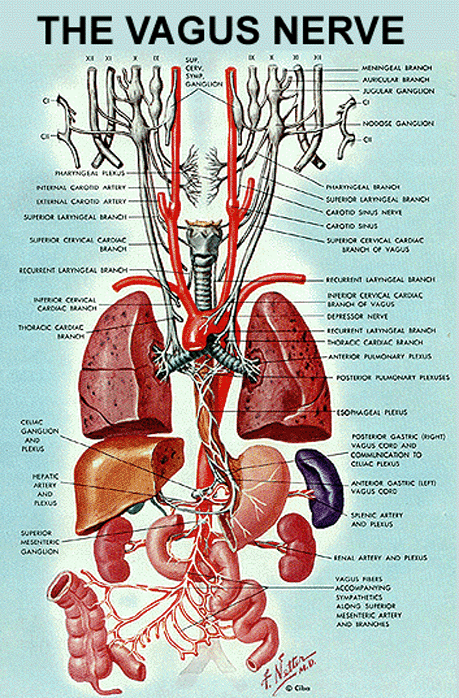top of page


Sports Facility 3

Lungs Sketch

lady breathing

Sports Facility 3
1/7
Breath of Life
TREATING DYSFUNCTIONAL BREATHING USING BUTEYKO BREATHING AND OTHER INTEGRATIVE BREATHING METHODS
Dysfunctional breathing has the potential to cause physical and emotional imbalance and harm. Breathing should naturally and efficiently adapt to need, respond appropriately, and support our metabolism. How we react to modern stressors, what we eat, and what we expose ourselves to often result in developing breathing habits that are contrary to our original design for maintaining homeostasis. Restoration of functional breathing is essential in our quest for optimal health and well being.
We offer breathing retraining
and re-education to naturally
correct such conditions as:
Anxiety
Allergies, Hay Fever & Sinusitis
Asthma
Chronic Fatigue
Depression
Hypertension
Sleep Apnea
Snoring and Insomnia
Stress & Panic Attacks
Because our bodies function as
a whole, we also place strong emphasis on healthy diet and lifestyle. Ignoring these things, while correcting dysfunctional breathing, may result in sub optimal results.

A perfect man breathes as if he is not breathing
Lao Tsu
Chronic Hyperventilation Syndrome: the stealth culprit fueling many disease processes.
Chronic hyperventilation syndrome (CHVS) is an anomaly that is often overlooked by medical practitioners. This is largely due to the fact that it manifests itself in multiple physiological and psychological symptoms that have been labeled as separate disease processes. In the world of allopathic reductionism, the manifestation of such symptoms typically results in much testing, trying to seek a diagnosis for which a chemical can be prescribed. When the diagnostics fail to produce a familiar "disease", the patient is sent off to another specialist for more testing. In his book Hyperventilation Syndrome: a Diagnosis Begging for Recognition, Magarian so rightly points out that many of those unfortunate sufferers often get labeled as hypochondriacs due to the inability of the practitioner to recognize the real problem.
In the presence of normal cardiopulmonary function, CHVS is more easily detected, but biomechanical, biochemical, and psychophysiological feedback are necessary tools for proper recognition. Because so many physiological systems are affected by dysfunctional breathing, the sufferer can often become very debilitated, thinking the situation to be hopeless, especially when multiple misdiagnosis or lack of diagnosis have been in their history.
Identifying CHVS and its pathophysiology, implementing appropriate therapy, and building a good trusting relationship between client and breathing trainer will go a long way in restoring health and wellness.
At Breath of Life, this is our number one goal.

Vagus Nerve Stimulation Through Breathing:
The vagus nerve is a huge nerve running from brainstem to the colon. Research suggests that abdominal breathing (functional) with slow exhalations will stimulate the vagus nerve for a parasympathetic response. This is the response that will produce calmness and reduce anxiety.
At Breath of Life, we incorporate breathing techniques to help achieve optimal breathing for good parasympathetic response. We also teach and encourage external vagus nerve message with essential oils to enhance the response.
Heart Rate Variability (HRV):
HRV is literally the variance of time between your heart beats. It is vastly affected by stress and breathing. The higher the HRV, the better. Lower HRV can be a sign of disease, stress, and / or poor lifestyle. Even dwelling too much on negativism can affect HRV. During breathing retraining, we incorporate HRV monitoring so that the individual can see just how much breathing affects it.

2018 Breath of Life. Proudly created with Wix.com
bottom of page